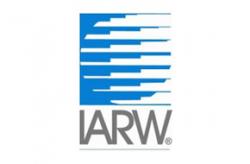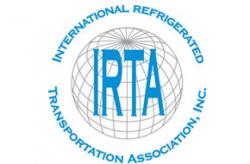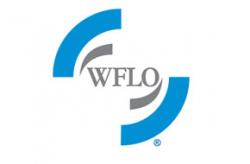New Home for Southern Foods
When Southern Foods, a full-service meats,
seafood, artisanal cheese and global
specialty goods supplier that performs
custom processing, decided to expand in
Greensboro, North Carolina, it reached out to design-build
firm A M King. Their task? Convert an 88,000-square-foot
spec shell warehouse into a one-of-a-kind, innovative,
modern United States Department of Agriculture (USDA)
regulated meat, seafood and cheese processing facility.
Matt Miller, Senior Project Manager for
A M King says the project involved separate
meat, fish and cheese processing areas, a dry
age meat room, separate refrigerated dock and
dry dock for inbound and outbound distribution,
culinary center with commercial kitchen
and first floor and mezzanine office space.
And, they had to relocate all of the clients’
existing equipment, plus new equipment, into
a much smaller building footprint with room
to grow.
“The first thing we had to consider was
what the existing building had to offer and
what we would have to do to get it ready for
everything we needed to put in it,” Miller
says. “An important goal of this project, for
both Southern Foods and A M King, was
to use as much of the existing building as
possible. We’re extremely familiar with the
complex nature of food facility design and
construction, however, this particular process
of adapting existing structures to meet
USDA food facility requirements was
exceptionally challenging.”
Challenges of the Job
Since the original building was designed as
a standard dry warehouse, it did not support
the level of mechanical and fire protection
systems required for a facility where 50
percent of the square footage of space would
be refrigerated.
Jami Lloyd, Architectural Designer at
A M King, notes in order to keep the existing
precast walls, roof and supporting structure,
the design needed to isolate the steel members
and exterior walls from the interior spaces.
“We were able to do this with a system
of insulated metal panel walls, liner panels,
baffles and ceilings,” she says. “This gave us
the proper framework to both physically and
thermally maintain the new systems that are required to control refrigeration temperatures
for processing and storage of food. In
addition, we ensured that the fire suppression
system would operate as required in the case
of an emergency.”
Another challenge was getting the facility
ready a month and a half earlier than scheduled,
as Southern Foods was required to
relocate from its previous facility sooner than
initially planned.
“A coordination meeting was scheduled
with the subcontractors, and it was determined
that in order to achieve this new
timeline, the construction team would require
overtime for labor to expedite key pieces of equipment and coordinate a plan with the
city building officials,” Miller said. “Through
the consolidated effort of all parties, the new
project end date was achieved.”
Meeting Safety Requirements
Once the structure was addressed, the design
team turned its attention to the food safety
and sanitation concerns of the new facility.
Tackling the specialty floor, Lloyd explains
the team utilized Stonhard Brand Stonclad
UT flooring, a high-strength industrial floor
coating with a polyurethane 4 component
mortar system that combines a urethane-urea
binder, pigments and quartz aggregates. “This coating is known for its high impact
resistance, abrasion, thermal shock and
chemical resistance,” she says. “We installed this
coating over all concrete slabs in the food processing
areas to provide a protective layer over
our slab. Thus, we were able to prevent food
particles from absorbing into the concrete slab
and minimized the risk of bacterial growth.
The aggregate is mixed in to provide a textured
slip resistant finish for ensured safety.”
Additionally, the team installed numerous
trench and floor drains and sloped floor slab
to those drains so that when the processing
rooms are washed down, the water self-drains
until none remains.
KEITH LORIA is an award-winning journalist who has been writing for major newspapers and magazines for close to 20 years, on topics as diverse as sports, business and technology.
Source: Cold Facts Mar/Apr 2021 issue



